Camille Smith
Posts by Camille Smith
Sky Phenomenon to View from Your Lake House
Posted on in Lake Activities & Lake Trivia & Lifestyle
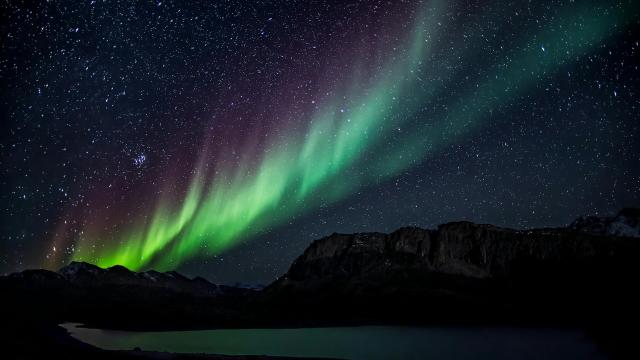
There’s something magical about the night sky. Valerie Stimeck, the author of the book Dark Skies, refers to the stars as “one of the few unifying features of human history.” Unfortunately, modern skies, shrouded in city lights, don’t allow for proper …
A Guide to Flood Zones (And What to Do If You’re in One)
Posted on in For Homeowners & Home Improvement & Lifestyle & Real Estate
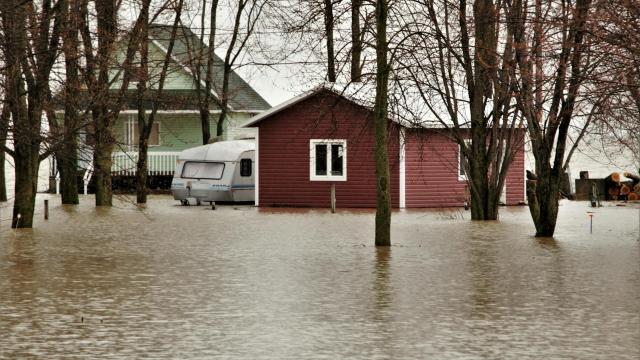
When buying home insurance, many homeowners overlook the possibility of flooding. However, assessing flood risk is crucial for all homeowners, especially those at the lake. According to Realtor Magazine, almost 6 million homes and commercial buildings in the U.S. are …
The Best Stargazing Spots in Our Lake Areas
Posted on in Lake Activities & Lifestyle & Travel
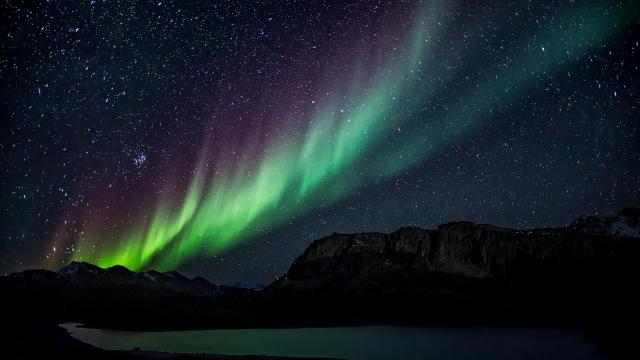
Experience the night sky like never before: free from light pollution. If you’re looking to witness the most spectacular stargazing opportunities, here are the top lake destinations: If you’re new to lake living, there’s one stunning natural feature that may …
Sailboats Explained: Types and Terminology
Posted on in Lake Trivia & Lifestyle
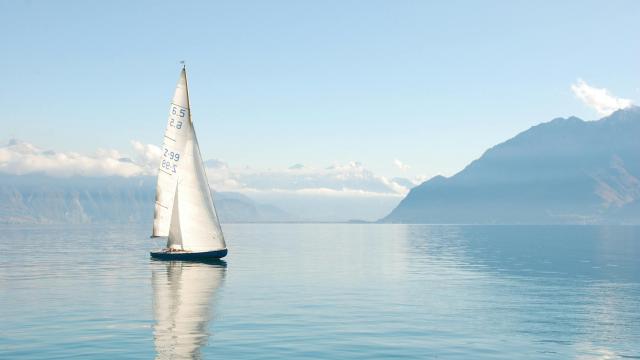
Sailing is one of the classic joys of lake living. On a day with a gentle wind, there’s nothing better than hoisting the mainsail and enjoying a quiet afternoon. Whether for recreation or transportation, sailing has permeated cultures worldwide since …
From Breweries to Beaches: Discover Lake Charlevoix in Northern Michigan
Posted on in Lake Trivia & Lifestyle & Travel
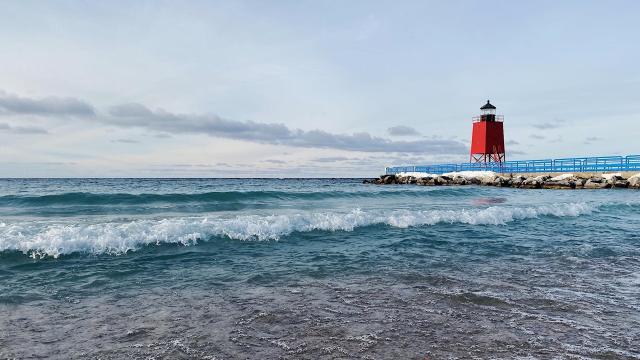
Just north of the great Lake Michigan lies a lesser-known — yet no less interesting — body of water called Lake Charlevoix. While Lake Michigan might hold a more famous name and a connection to large cities like Chicago, Lake …
Best Winter Beverages to Enjoy at the Lake
Posted on in Holidays & Lifestyle & Recipes
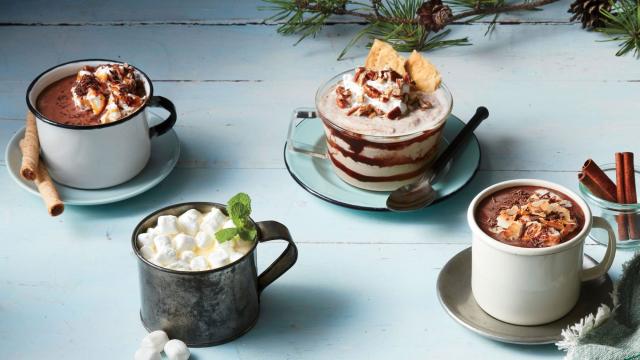
During winter at the lake, outdoor activities aren’t always in the cards. Sometimes, you just want to get cozy on your front porch with a nice, hot beverage. Whether you choose a simple cup of herbal tea or a flavorful peppermint mocha, nothing is better than a little wintertime warmth.
Top Ice-Skating Lakes Around the World
Posted on in Lake Activities & Lake Trivia & Lifestyle & Travel
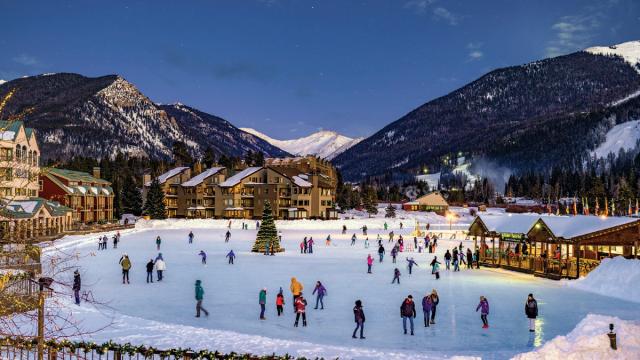
If you love ice skating and the great outdoors but haven’t experienced skating on a lake, you’re missing out. There’s no better feeling than gliding freely on ice while taking in the cool, fresh air.
Hygge Playlist for Your Lake House
Posted on in Lake Playlists & Lifestyle
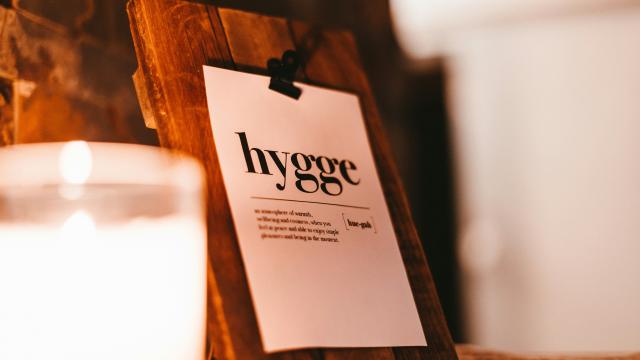
With wintertime approaching and the holiday season in full swing, we’ll be spending a lot of time in our lake houses. As such, it’s bound to be a cozy few months filled with blankets, hot chocolate, and books by the fireplace.
Let it Snow (But Don’t Let it Stay): Tips for Managing Cold Weather at Your Lake House
Posted on in Home Improvement & Lifestyle
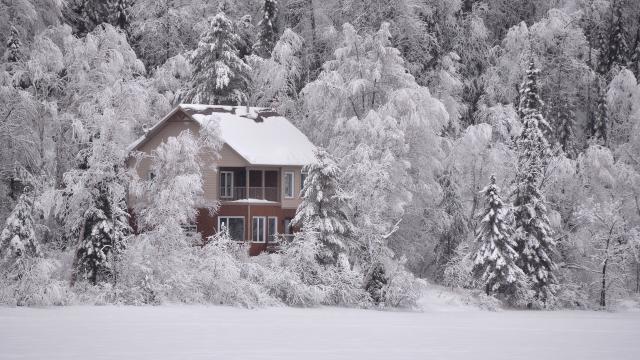
For those who live in southern states, winter may come and go with a minimal impact on your lake house. Perhaps it’s sunny most of the year, and no new maintenance is necessary. However, if you live on one of the lakes in a colder region of the country, then you’re no stranger to the snow.

